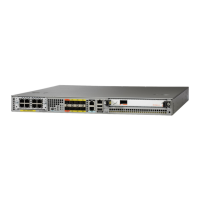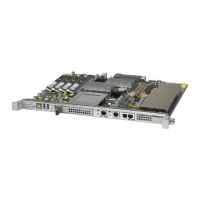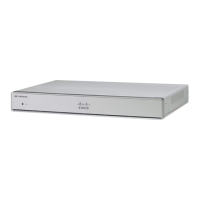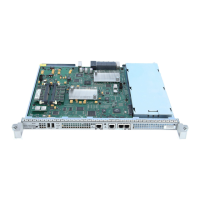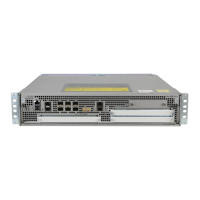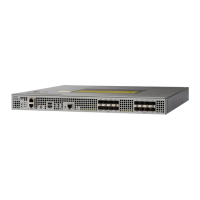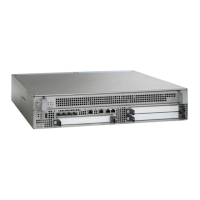17-58
Cisco 10000 Series Router Quality of Service Configuration Guide
OL-7433-09
Chapter 17 Configuring Dynamic Subscriber Services
Queuing PPP Sessions on ATM VCs
The following example shows how to associate a policy map with a virtual template. In this example, the
policy map named Parent is associated with the virtual template named VirtualTemplate1.
Router(config)# interface virtual-template1
Router(config-if)# service-policy output Parent
Router(config-if)# exit
Router(config)#
Applying the Virtual Template to an ATM Subinterface
A broadband aggregation group (bba-group) configured on an ATM interface points to the virtual
template the router uses to apply QoS policies to sessions. When a session arrives on an ATM interface,
the router creates a virtual access interface (VAI) for the session and applies the policies associated with
the virtual template to the sessions.
To apply the virtual template with its associated hierarchical policy to an ATM subinterface, enter the
following commands beginning in global configuration mode:
Command Purpose
Step 1
Router(config)# bba-group pppoe
group-name
Creates a PPP over Ethernet (PPPoE) profile. Enters BBA group
configuration mode.
group-name is the name of the PPPoE profile.
Step 2
Router(config-bba-grp)# virtual-template
template-number
Associates a BBA group to the virtual template to be used for
cloning virtual access interfaces.
template-number is the identifying number of the virtual
template.
Step 3
Router(config-bba-grp)# exit
Exits BBA group configuration mode.
Step 4
Router(config)# interface atm
number.subinterface [point-to-point]
Creates or modifies a subinterface. Enters subinterface
configuration mode.
atm is the interface type.
number is the slot, module, and port number of the interface (for
example 1/0/0).
.subinterface is the number of the subinterface (for example,
1/0/0.1).
(Optional) point-to-point indicates that the subinterface connects
directly with another subinterface.

